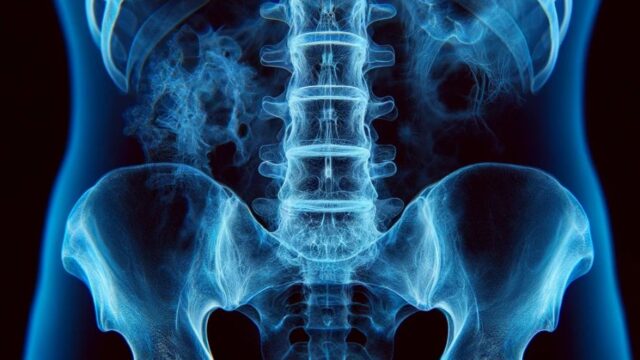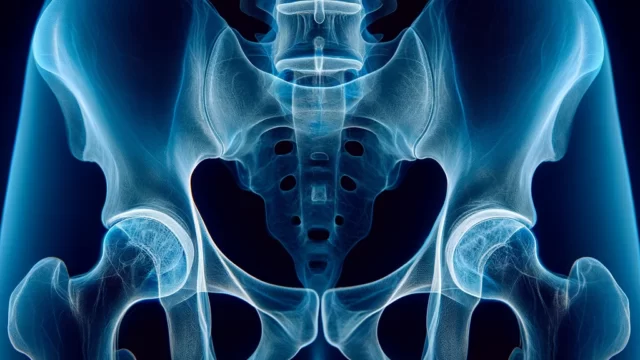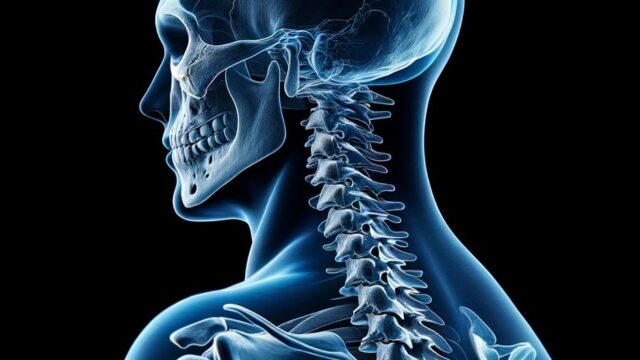Purpose
Observation of foot bone fractures, joint spaces, soft tissue, and foreign objects.
Prior confirmation
Verify the location for examination purposes.
Remove obstacles.
Positioning
Supine position or sitting position.
Bend both knees, extend toes, and firmly place the soles of the feet against the cassette.
Align the lower leg axis and the foot reference line (a line connecting the calcaneus and the second toe) with the cassette’s long axis.
Extend the knees to the extent that the soles of the feet do not separate from the cassette, minimizing the overlap of the tibia.
Place the R/L marker.
CR, distance, field size
CR : Oblique incidence at 10-15° towards the proximal region with the base of the third metatarsal as the center.
Distance : 100cm
Field size : Narrowed down to include the heel bone to the fingertips. Include the skin surface on both sides
Exposure condition
50kV / 4mAs
Grid ( – )
Image, check-point
Normal (Radiopaedia)
All the bones of the foot are included.
The calcaneus overlaps the talus and the tibia and can be observed.
The second to fifth metatarsals are projected evenly, with only slight overlap at the base.
The gap between the medial cuneiform (first cuneiform) and intermediate cuneiform (second cuneiform) can be observed.
Alignment of the inner edge of the second metatarsal and the inner edge of the second cuneiform can be followed.
Cortex and trabeculae are clearly observable.
Adequate tolerance to observe soft tissue.
R/L marker is included.
There is no blurring due to movement.
Videos
Related materials









